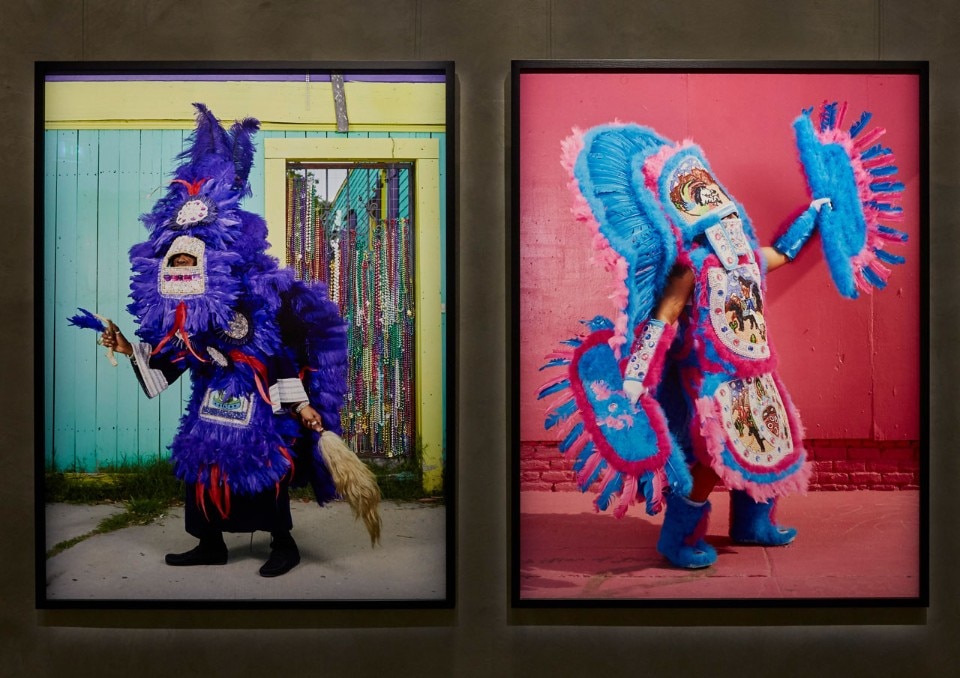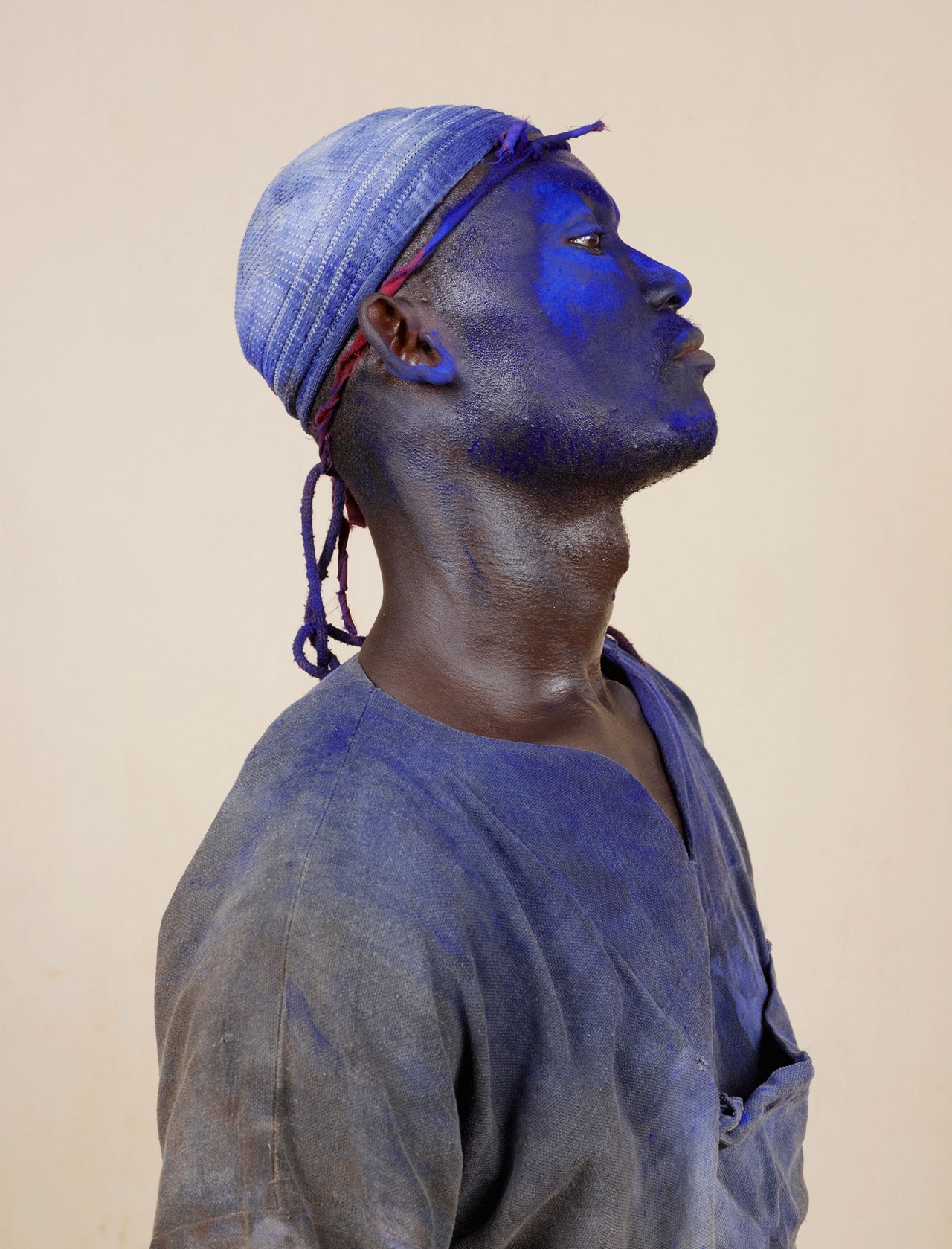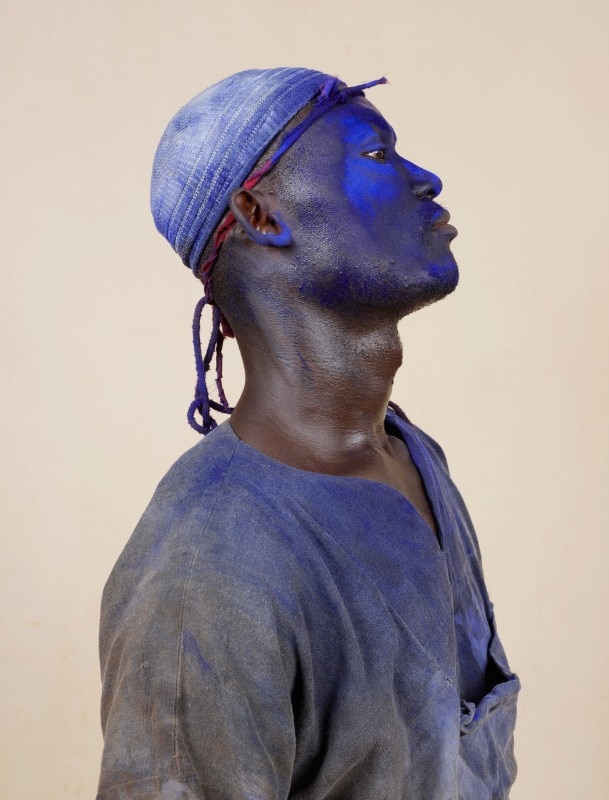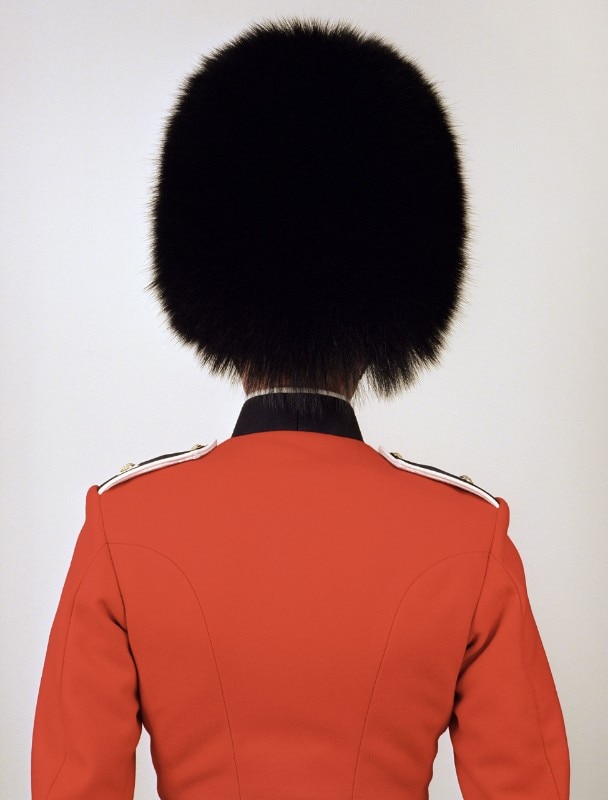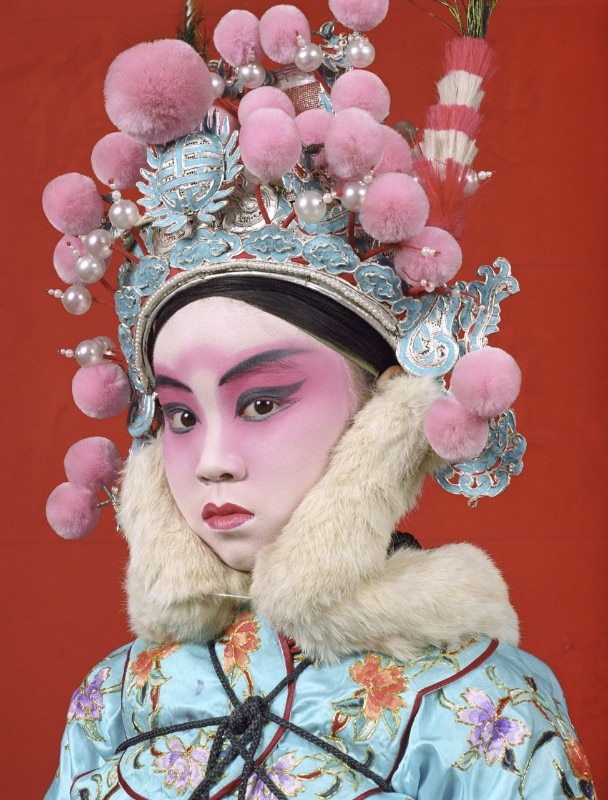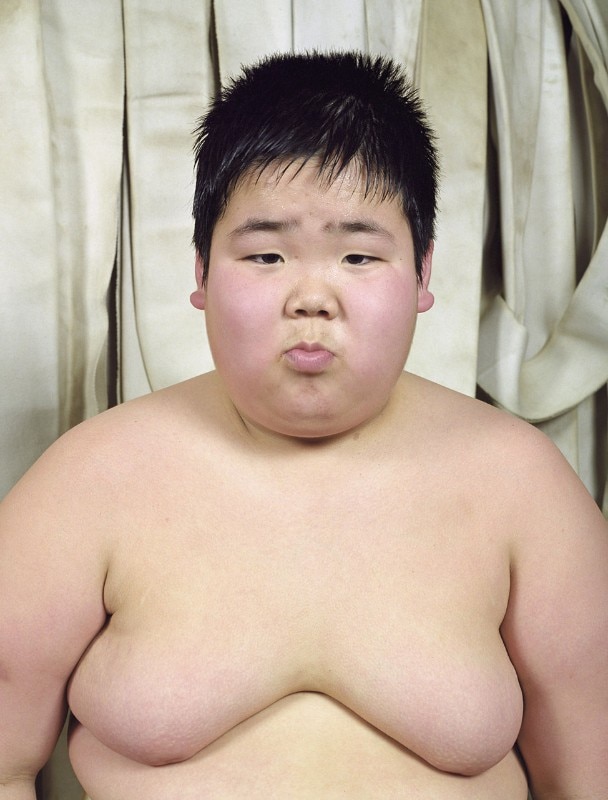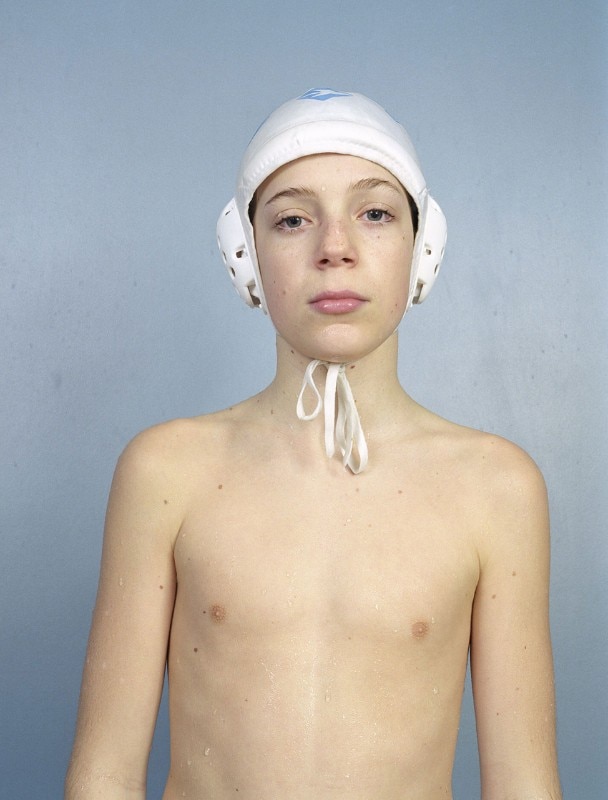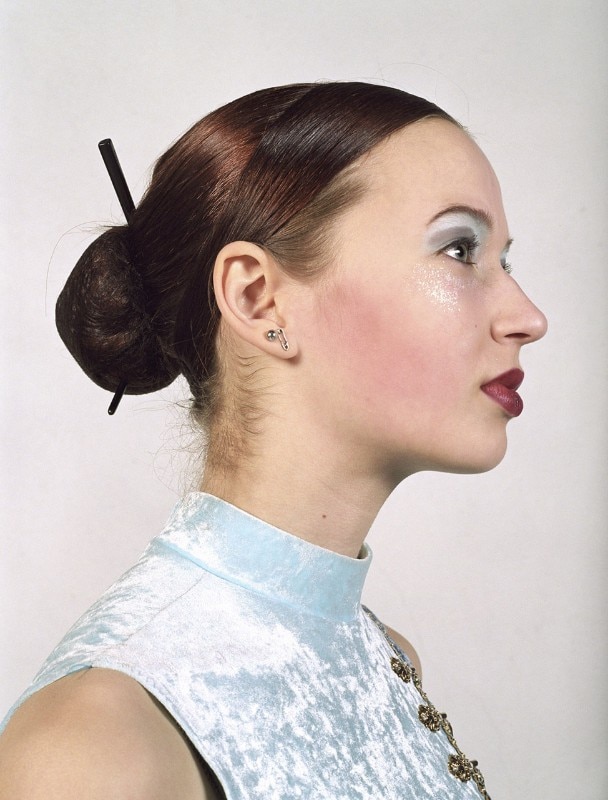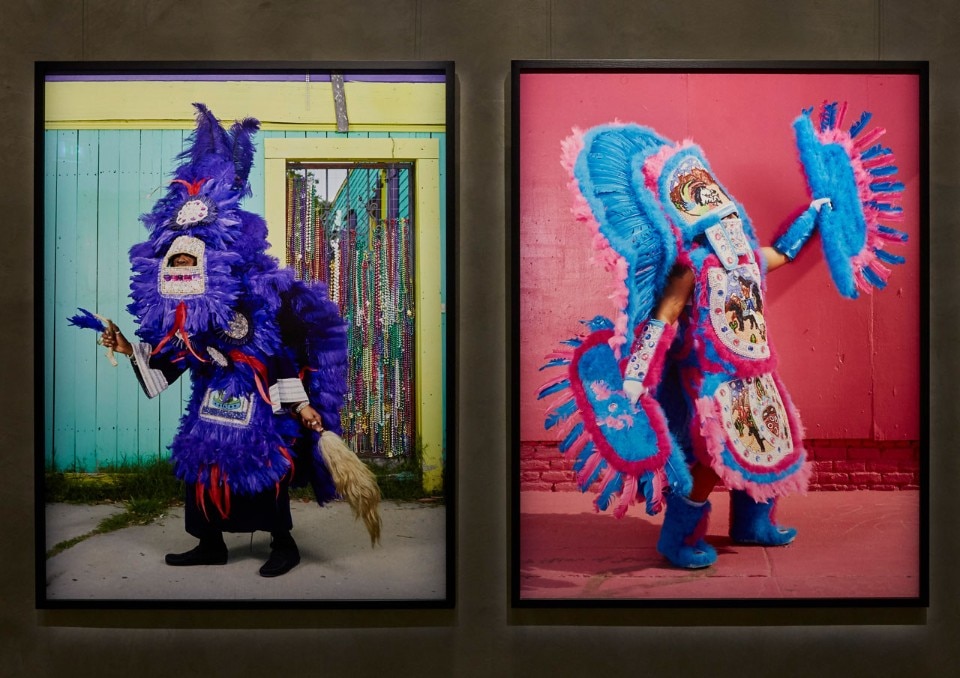You’ve been often referred to as an anthropologist, and I totally agree. But in your visual study of the bonds between social identity and aesthetic outcome, lies an undisputable quest for pure beauty: where does the scholar’s eye gives way to the artist’s?
I’ve never described my work as ethnographic or anthropologic, this definitions come from people that look at it and see a connection with these disciplines. My first aim is to produce photographs, and the reason I choose to portray a specific social group is based on visual aspects. So, my attraction for a community firstly comes from aesthetic factors, there’s power in it. And for sure through that I discover something which is also ethnographic, but this comes as a second step. Yet it’s true that I produce my projects knowing in advance there will be a connection with anthropological themes.
Your work revolves around social groups that stand out by wearing more or less complexly codified uniforms, and I’m interested in the design behind it. What could you tell me about it? Did you find any recurrent pattern (in terms of colour, shape, make-up, accessories or tools) beyond the folklore-based logic?
The question is about universality, so it’s difficult to answer: for sure I can find some similarities among different cultures, but these similarities may have happened by coincidence, or more simply by the transfer of one culture into another. Just think at the Silk Road or the spice trade: whether by land or sea commerce, and of course colonisation, very much influenced the involved populations. Now you might have the feeling that some feature is universal, but it could just come from, I would say, the travelling of traditions.
I’m sure that somewhere, at a very deep level, a real universality in the most instinctive aspects of what we do as well exists. And then yes, in this sense you may find some bounds among different cultures, but they would be very generic, like, for instance, the use of tools that symbolize genitals. As for the colours, it’s really hard to say. Some groups use a given colour just due to its availability. For example, the uniform of the French Foreign Legion has been defined almost by mistake… Well, not by mistake, but by chance.
The chosen colors for a specific regiment may sometimes looks like they were codified, but most of them were decided on availability-based decisions, because a certain fabric was disposable in that very moment. Another reason is that every group wants to look different from the others, so they choose different colors, but as for the meaning of the color itself I would say that this comes as a second step.
I’m sure that somewhere, at a very deep level, a real universality in the most instinctive aspects of what we do as well exists
I’ve found the exhibition to be absolutely stunning, as I expected, but also overwhelming, in a way: despite the perfect balance between the stylish austerity of Armani/Silos architecture and the colorful though almost scientific joy of your portraits series, I felt like I was experiencing an expedition into the photographer’s mind, where the chronological hierarchy of your work makes room for a cheerful insubordination of the vision. How did you design the exhibition path?
The overwhelming path comes from the width of my work and also from the great diversity within it, so I completely understand your feeling. And I think we have reached the limit of possibilities for a photography show. I mean, there are 250 photographs on display, and after a certain amount I guess it becomes difficult to swallow it. As for the way the show was designed, I wanted it to be not just chronological but also logical: I started with portraits that are very frontal but that also deal with young population and teenagers, like in Water–Polo, Winner Face or Rikishi.
Most of it was about learning and being part of a group, and I learned something by being educated by these groups. And then my work progressively went more and more theatrical, so an evolution of the show happens when the costumes become very important, maybe much more important than the characters who wear it, and when step by step you get less into portraits and more into silhouettes, less into the individual identity and more into the mythology of the identity of these groups.
I know it’s a long time you’ve been longing to have your photographs printed as sticker cards by Panini, and with the Fabula catalogue you finally made it. How’s the editing/design process been?
We had to do it quickly, in fact, there was no choice. We made a selection based on the stories behind the photographs: since the exhibition project is divided by themes, which are about different aspects of my work, there was a sort of narration in the show. So, for example, in the first room the Grow section is shown, not just because Water–Polo, Winner Face, Rikishi and Legionnaires were the series I started my work with, but also because is about young people and the first step into the community life.
So, we based the selection on groups of photographs, and then the catalogue came quite logically. Besides, the Panini album makes really sense to me, because there’s this idea of collection, in the way that you photograph something you really want and at the same time you want what is always missing, and you’ll do everything you can to get access to that very portrait you want to make. And I wanted to do something pretty humble, even if the title of the show is not too humble, a catalogue with not too much photographs but just a selection from my work, and a very simple cover. It’s not a bling-bling album. But doing it was super, the Panini people were really motivated by the idea of it, and this was excellent. I wouldn’t be surprised that we do another project together… That would be super!
- Exhibition:
- Fabula
- Photographer:
- Charles Fréger
- Gallery:
- Armani/Silos
- Opening dates:
- until 24 March 2019
- Address:
- via Bergognone 40, Milan


